SD › Hong Kong Best Things to Do
Updated: January 29, 2020
By Santorini Dave
The Top 29 Things To Do in Hong Kong
1. Ride the Star Ferry
Hong Kong’s cheapest boat tour. The Star Ferry commuter boats, with names like Silver Star and Twinkling Star, have been carrying passengers across Victoria Harbour since 1888. Not only is it the cheapest way of crossing between Tsim Sha Tsui in Kowloon and either Wan Chai or Central on Hong Kong Island (HK$2.50 one way), but it’s also an incredibly scenic 10-minute boat journey. Along the way, you’re treated to expansive views of the soaring mountains and skyscrapers of Hong Kong Island, as well as Kowloon’s skyline. The boat trip is particularly worthwhile on clear nights; the views are dramatic if you go from Tsim Sha Tsui to Central, rather than vice versa; photographers may want to position themselves on the lower deck. Get your ticket from the ticket window or have exact change for the coin-operated turnstiles.
Nearest transport: Tsim Sha Tsui MTR
2. Go up Victoria Peak
The loftiest views on Hong Kong Island. Victoria Peak (552m) is Hong Kong Island’s highest point and is one of the city’s biggest attractions. From this greenery-covered mountain, you get tremendous views of both Central and Kowloon across Victoria Harbour. The most popular way of getting up to Victoria Peak is via the Peak Tram, the 125-year-old funicular railway that climbs up steeply from near Hong Kong Park in Central. It finishes up at the Peak Tower, where you can pay to go up to the observation deck at the top. Tip: head for the top deck of the adjacent Peak Galleria shopping center and you’ll get virtually the same views for free.) From Victoria Peak, you can wander along the scenic 3.5km Morning Trail that runs past the Peak Lookout, or even hike a section of the Hong Kong Trail that starts from there. For something less strenuous, linger in the beautiful gardens up Mt Austin Rd, 500m northwest of the peak; the old governor’s summer lodge once stood here before it was burnt down by the Japanese during WWII. If you have your heart set on seeing the sunset from Victoria Peak, get to the Peak Tram with plenty of time to spare as queues can be long.
Nearest transport: Central or Admiralty MTR
3. Visit Man Mo Temple
One of Hong Kong’s oldest Taoist temples. Its ceiling festooned with dozens of earth-colored coils of incense burned by worshippers, and its air thick with fragrant smoke, this colorful temple was built in 1847 by wealthy Chinese merchants. Dedicated to the writing-brush-wielding god of literature (‘Man’) and the sword-wielding god of war (‘Mo’), during British rule this temple served as a local dispute court during moments of tension between the colonialists and the Chinese population. Oaths were made here, sometimes accompanied by chicken sacrifice. Today it’s a popular place of worship. Some of its outstanding features include the four gilt plaques on poles outside the entrance, one of which tells menstruating women to keep out of the main building. Check out the Kung Sor hall, which was used by the local Chinese community for settling disputes before the introduction of the present-day justice system.
Nearest transport: Sheung Wan MTR
4. Temple Street Night Market
Hong Kong’s best night market. Extending for three blocks from Man Ming Lane to the north to Nanking St in the south, this night market (6-11pm daily) is the place to go just for the atmosphere, though you can also bargain hard for cheap clothing, fake Rolexes and other items. Fortune tellers tend to congregate in the middle of the market; they can tell you your future by reading your palm or your face, making predictions based on your date of birth, or by getting a trained bird to pick out your fortune card. If you’re lucky, you might see a Cantonese opera singer do a short performance at the market. If you’re hungry, you’re in luck: the dai pai dong (food stalls) serve anything from noodles to curry.
Nearest transport: Yau Ma Tei metro, exit C
5. Ride a Double-Decker Tram
Hong Kong’s oldest rails? The venerable tall and narrow double-decker trams that ply the north shore of Hong Kong Island have been part of the Hong Kong landscape for decades. They may not be the fastest way of getting around, but they’re a terrific way of exploring the city. There are six tram routes to choose from; the longest journey you can do is from Kennedy Town to Shau Kei Wan (change at Western Market) which takes around one and a half hours. Board the tram from the back and pay the flat fare HK$2.30 as you leave (no change given). For best views, try to grab a front seat on the top deck.
Nearest transport: Central or Sheung Wan MTR
6. Walk the Tsim Sha Tsui East Promenade
Scenic walkway along the southern tip of Kowloon. This boardwalk runs along the waterfront in Tsim Sha Tsui, and is an excellent place for scenic views of Victoria Harbour. It runs from the KCR Clock Tower near the Star Ferry terminal to the Hong Kong Coliseum and other buildings on reclaimed land of Tsim Sha Tsui East. Along the way you pass the Cultural Centre and the excellent Museum of Art, before reaching the somewhat underwhelming Avenue of Stars that commemorates Hong Kong’s formerly illustrious movie industry. Look out for the bronze statue of Bruce Lee. In the evenings (8-8:20pm), the promenade becomes a stage for the Symphony of Lights, the world’s largest laser show, projected from numerous skyscrapers. It’s also the favorite vantage point for locals who come here to watch the Chinese New Year fireworks show (late Jan/early Feb) and the colorful boats on the bay taking part in June’s Dragon Boat Festival.
Nearest transport: Tsim Sha Tsui MTR
7. Hike the Hong Kong Trail
Hong Kong’s longest hiking trail. Visitors (and even Hong Kong residents themselves) forget just how green Hong Kong is, and just how much scope there is around the city for good hiking. The longest hike you can do is the 50km Hong Kong Trail that starts from Victoria Peak and passes through Hong Kong Island’s five country parks before finishing near Shek O Road on Island South. The trail is divided into eight sections of varying difficulty, with different sections taking from one and a half hours to four hours to complete. A particularly scenic part of the trail, known as the Dragon’s Back since it runs along the mountain ridge from Shek O Peak to Wan Cham Shan Peak, takes around four hours. It starts from Shek O Road near To Tei Wan village on the south side of Hong Kong Island; from the highest vantage points along the trail you get spectacular views of the coastline, while the finish point of Tai Long Wan Bay is a great place for a dip. To get to the starting point, take bus #9 from Shau Kei Wan MTR stop to To Tei Wan.
Nearest transport: Victoria Peak tram upper terminus
8. Relax in Hong Kong Park
Beautiful, centrally-located park. Sandwiched between skyscraper hotels and banks on one side, and greenery-covered mountains on the other, this appealing 8-hectare park is one of Hong Kong’s most attractive green spaces. Built on the site of the former Victoria Barracks, this isn’t untamed nature: beautifully-tended flower beds surround an artificial lake in the centre of the park, fed by a cascading waterfall and shaded by trees, and there’s a fountain pavilion where you can sit, surrounded by spray. Apart from enjoying the park’s serenity or lunch at the al fresco restaurant, visitors can walk through the Edward Youde Aviary, near the park’s south border, home to 90 species of birds a raised wooden walkway that takes you up into the canopy. Near the lake, the Forsgate Conservatory features plants from tropical and arid areas, while the Visual Arts Centre, in the southwest corner of the park, stages temporary exhibitions by up-and-coming local artists. For a panoramic view of the park, climb the 105 steps up to the top of the 30-metre Vantage Point tower.
Nearest transport: Admiralty MTR, exit C1
9. Hit the rides at Hong Kong Disneyland
The Asian outpost of the popular American theme park. Located on Lantau Island, a short MTR ride from the airport, Hong Kong Disneyland has been super-popular with families ever since it opened in 2005. It’s compact compared to its California counterpart, and divided into seven worlds: Main Street USA, Fantasyland, Toy Story Land, Tomorrowland, Adventureland, Grizzly Gulch and Mystic Point. Most of the attraction are geared towards younger kids, with family-friendly rides such as the Mad Hatter Teacups and a ghost tour of the Mystic Manor. If you’re looking for something with a bit more adrenaline, head for the RC Racer halfpipe coaster in Toy Story Land, plummet through darkness on the Space Mountain rollercoaster in Tomorrowland or ride the Big Grizzly Mountain rollercoaster in Grizzly Gulch. The 3D Iron Man motion simulator provides more thrills. Kids love the daily Main Street parade (3:30pm) featuring favorite characters from Disney movies, and there’s a fireworks, music, and light show at the Sleeping Beauty Castle every night at 8pm. For eating out, choose between Chinese (dim sum) and Western (burgers, cotton candy) fast food.
Nearest transport: Disney Resort Station MTR
10. Take the kids to Ocean Park
Hong Kong’s most popular theme park. Located in Aberdeen, on the south side of Hong Kong Island, the park is divided into two halves: Waterland (lowland) and Summit (headland), with cable cars and the Ocean Express funicular linking the two. Ocean Park is both thrilling and educational. Apart from kiddie-friendly rides in Whiskers Harbour, more action-packed offerings include the Hair Raiser rollercoaster on the Summit’s Thrill Mountain. The Grand Aquarium is the showpiece attraction of Waterworld; apart from showcasing 400 species of fish in different watery environments, it has the world’s largest aquarium dome. The Amazing Asian Animals includes four giant pandas and some rare red pandas, while Marine World lets you get a close looks at large marine animals, such as sea lions and seals.
Nearest transport: bus #629 from Central ferry pier
11. Visit the Chi Lin Nunnery
Hong Kong’s most striking wooden architecture. This large Buddhist complex, originally built in the 1930s, was completely rebuilt in wood in 1998 in Tang dynasty style. Demonstrating harmony between man and nature, all the buildings are expertly crafted out of interlocking pieces of wood, without the use of a single nail. It’s a tranquil place, with lotus ponds and bonsai trees, and its beautiful wooden pagodas look particularly dramatic against a backdrop of Hong Kong’s green mountains and towering high rises. The entrance to the Lotus Pond Garden is through three gates that represent the Buddhist ideals of wisdom, compassion and ‘skilful means’. The adjoining Hall of Celestial Kings houses a large statue of Buddha, surrounded by deities. In the Main Hall you may come across nuns making offerings to Sakyamuni Buddha or chanting behind intricately carved screens. It’s worth visiting the Nan Lian Garden next door for a glimpse of its golden pagoda and collection of strangely-shaped rocks. At the nunnery, Chi Lin Vegetarian serves excellent vegetarian food. To reach the nunnery, go around the Hollywood Plaza mall, turn right onto Fung Tak Rd and head up the steps.
Nearest transport: Diamond Hill MTR, exit C2
12. Visit the 10,000 Buddhas Monastery
A striking temple in the New Territories. A thirty-minute MTR ride from central Kowloon, this quirky monastery is well worth seeking out. From Sha Tin station, take the ramp down from Exit B past the traditional stone houses of Pai Tau Village, take a left into Pai Tau St, a right into Sheung Wo Che St and follow the path as it winds its way up the hill, lined with life-size golden statues of Buddha’s followers. Some are holding exotic objects, some are riding wild beasts (a tiger, a pig); look out for one bearded follower with hands coming out of his eyes. The walls of the main temple are lined with row upon row of tiny Buddha statues in various poses, and you’re likely to see worshippers lighting incense sticks and praying, both inside the temple and outside the multi-tiered pagoda. Head further up the hill to reach a smaller temple and the monastery’s highest point: a reclining stone Buddha above a koi pond and a waterfall cascading behind a tall statue of the Gautama. It’s very popular with visiting coach parties on weekends, so get here early or on a weekday.
Nearest transport: Sha Tin MTR, exit B
13. Sail on the Aqua Luna
Decades ago, the waters of Victoria Harbour were filled with dozens of traditional Chinese junks, their red sails aflutter. They all but disappeared with the advent of modern boats, but you can still sail aboard two examples of this venerable ancient sailing ship. On weekday afternoons, between noon and 4pm, one of the junks runs a hop-on, hop-off circuit of the harbour (HK$130) between Tsim Sha Tsui (Pier 2), Central (Pier 9), Wan Chai and Hung Hom, departing from Tsim Sha Tsui on the hour. For a longer and more atmospheric sailing trip, hop aboard the Aqua Luna for a 45-minute daily sunset or evening cruise, complete with complimentary drink (HK$195), or else see the nightly Symphony of Lights laser show from the boat’s deck (HK$285). For an extra-special touch, if you want to romance your sweetie, you can also opt for the latter, followed by a six-course Northern Chinese dinner at Hutong (www.hutong.com.hk).
Nearest transport: Tsim Sha Tsui MRT
14. Drink in the Views at Ozone
For an unparalleled view of Victoria Harbour, head for Ozone. Located on the 118th floor of the Ritz-Carlton (currently the world’s highest hotel), it’s the highest bar in the world, and you’ll find yourself peering down on the dense thicket of Kowloon’s skyscrapers, Hong Kong Island’s uninterrupted skyline and the white foam trails of boats criss-crossing the harbour from a lofty height of 490m. An ear-popping ride up in the elevator takes you inside this subtly-lit, futuristic-looking bar – step out onto the terrace, and Hong Kong spreads out beneath you. You can reserve a bar stool facing the bay or else a sofa; for the best views, request the sofa in the far right corner. Apart from champagnes, wines and gin and tonics on offer, you can choose one of the bar’s signature cocktails (from HK$180); Bamboo (green-tea-infused cachaça with ginger beer, lime and lemongrass syrup) is among the most popular and comes in a length of bamboo. Nibbles include international tapas and sushi.
Nearest transport: Kowloon MRT
15. Marvel at the Tian Tan Buddha
The world’s largest seated bronze Buddha statue. One of Hong Kong’s star attractions, the Tian Tan Buddha sits on top of the Ngong Ping Plateau, amidst the forested hills of Lantau Island. The easiest and most picturesque way to reach the plateau is to take a 25-minute ride over the bay and mountains on one of the Ngong Ping 360 cable cars from Tung Chung; the pricier ones have glass floors for an even more spectacular view (NOT for those with vertigo!). Walk through the tacky Ngong Ping tourist village at the cable cars’ upper terminus and climb the 268 steps up to get up close and personal with the Buddha, sitting on a giant lotus. The bell inside the Buddha rings 108 per day to symbolize ‘108 troubles on mankind’. Beneath the podium is the 1924 Po Lin Monastery – a large, impressive Buddhist complex popular with visitors. Most of the buildings you see here are new and extravagantly decorated; the simpler ones hiding behind them are the older ones. You can easily combine a visit to the ‘Big Buddha’ with visits to Lantau Island’s picturesque villages; bus #21 takes you down to Tai O, while bus #2 runs to Mui Wo.
Nearest transport: cable car from Tung Chung MTR
16. Visit the Hong Kong Museum of History
The excellent Hong Kong Museum of History walks you through the formation of Hong Kong – from the territory’s prehistory to the present day. The museum’s eight strikingly-designed galleries provide welcome context for visitors and are a great way to delve into the territory’s unique culture and history. The first gallery introduces you to Hong Kong’s natural environment and the first signs of human habitation, 6000 years ago. As you continue, you learn about ancient China’s maritime expansion and trade, the arrival of the British and the Opium Wars, the British takeover of Hong Kong and the handover of the territory to China in 1997. Standout exhibits include the life-size dwelling of the Tanka boat people, the walled villages of the Puntay, traditional costumes and colorful festival masks, and a replica Chinese wedding procession. You can peer into an opium den, check out recreated 1880’s shophouses, board a 1913 tram, and listen to the harrowing testimony of survivors of the 1940’s Japanese occupation of Hong Kong. The 1960’s & 70’s culture sections showcase a cinema that screens Cantonese movies and a retro soda fountain. Post-handover Hong Kong, from 1997 onward, remains unrepresented.
Nearest transport: Tsim Sha Tsui MRT
17. Day trip to Macau
Former Portuguese colony and the ‘Vegas of the Orient’. It takes just an hour by Turbojet hydrofoil to get from Hong Kong to Macau. To make the most of your day, start at Largo do Senado square, and walk past the historic IAM (Leal Senado) building, and along Rua de São Paulo to Macau’s most famous landmark – the still-standing façade of the 17th-century Church of St Paul. Stop at one of the nearby shops for some pastéis de nata (famous custard tarts). Then visit the interactive Macau Museum nearby that compares and contrasts China’s and Portugal’s achievements over the centuries. Next, catch bus 2 or 2A alogn the main Rua do Campo to Guia Hill, the highest point of the Macau Peninsula. Take the Guia cable car up to the fort for excellent views of the city. For lunch, try some Macanese (Portuguese-Chinese fusion) specialities, such as slow-braised ribs and cod with black-eyed peas, at the colonial Clube Militar de Macau (Avenida de Praia Grande), accompanied by fine Portuguese wines.
After lunch, take bus 21A south across the Sai Van Bridge, which connects Macau to Taipa, also once settled by the Portuguese, and take a stroll along the narrow streets of Taipa Village, lined with Chinese shops and temples. Check out the restored colonial villas at the Taipa Houses-Museum to see how affluent Macanese citizens once lived, and try some traditional Portuguese food at O Santos before heading south to the Cotai Strip to catch an acrobatics and water show at the House of Dancing Water before joining the high rollers at the blackjack and poker tables of the Venetian – the world’s largest casino.
Nearest transport: Nam Cheong MRT, then walk to the Turbojet hydrofoil
18. Visit the Hong Kong Maritime Museum
Two thousand years of China’s maritime history. For as long as it has been inhabited by humans, the Hong Kong area made a living from the sea. Still one of the world’s most important container ports, Hong Kong has been the essential link in maritime trade for centuries – first for China, then for the British, and then once again for China. This excellent, interactive museum explores Hong Kong’s history as a port, as well as different aspects of life that revolved around the sea. In Traditional Maritime China, follow the ancient routes along which exotic goods were traded. The China Trade looks into the Opium Wars that resulted from the one-way flow of Chinese goods into Europe, the British exporting opium to China in return and the Chinese trying to ban these opium imports. Weaponry, cannon, and a remarkable ink painting scroll illustrate Hong Kong’s centuries-old battle with pirates. Hong Kong’s Ships and Shipyards gives you an interactive look at the Hong Kong port through the centuries and the frenetic world of dockers, tugmen, tally clerks, and others who kept it running smoothly. Other galleries feature model boats, glimpses of the underwater world, maritime communications, and even the sounds of the sea – from the splashing of the waves and ships’ warning signals to sea shanties inspired by the watery world.
Nearest transport: Central MTR
19. Cheung Chau Island
Hong Kongers’ favourite weekend getaway. Easily reachable by regular ferry services from the Central pier, this small, hilly island is popular with city dwellers who come here to hike the gentle, paved trails along the rocky coastline, relax on the beaches and eat at the seafood restaurants in the main village. Ferries arrive at the main Cheung Chau village that fills the narrow strip of land in the middle of the island. You can wander the narrow streets to admire the old Chinese-style houses and the fish hung out to dry along the waterfront. It takes 15-20 minutes to walk along the coast to the Cheung Po Tsai cave – a former pirate hangout – on a headland on the southwestern end of the island; occasionally people come looking for their buried treasure. Then head east along Peak Rd as it climbs up to the island’s cemetery; here a trail leads down to the sheltered, sandy Pak Tso Wan beach that’s good for swimming. An hour’s walk east along the coast brings you round to the Kwun Yam Wan beach, popular with windsurfers; there’s also a colourful temple here. A five-minute walk brings you back to Cheung Chau village where you can take your pick of the busy seafood eateries along the waterfront.
Nearest transport: Ferry from Central pier 5
20. Go for a night out in Soho
Hit the bars and pubs of Hong Kong’s liveliest nightlife neighborhood. Hong Kong’s bar and pub scene is second to none. You’ll find everything here: sophisticated, award-winning cocktail bars, English-style pubs, craft beer breweries, hidden whisky bars – and hilly Soho, up from Central, has the highest concentration of them all. Start at Stockton, with its Victorian London decor – mounted animal heads, antique furniture and intimate lighting. The rum-, whisky- and gin-based cocktails here are inspired by fin-de-siècle Europe and the atmosphere is decadent. Across the way is the gin-centric, minimalist Origin Bar, known for instilling unique flavors into their gins. Nearby, some steps lead down to Ezra’s Lane, where you’ll find the remarkable J Boroski an invitation-only, ‘creative cocktail space’ where bespoke drinks are tailored to your taste buds – give a call or send an email to snag an invite. Head back up to Hollywood Road if you feel like dancing; Drop attracts some top DJs. Nearby, down Old Bailey St, The Pontiac is a retro rock’n’roll bar, helmed by a top female mixologist and famous for its craft cocktails and beers. Back on Hollywood Rd, finish either at the stylish Quinary, where molecular mixology is used to create Hong Kong’s best cocktails, or else at Nocturne, an intimate wine and whisky bar.
Nearest transport: Central MRT
21. Walk the Ping Shan Heritage Trail
Traditional Chinese village in the New Territories. It’s well worth taking the MTR to the New Territories for a glimpse of ancient Chinese culture to this heritage site, inhabited since the 13th century. The meandering 1km-long Ping Shan Heritage Trail leads you through three partially-walled villages, past centuries-old temples, pagodas and grand ancestral halls. From Tin Shui Wai MTR station, take exit E and cross the road to the Tsui Shing Lau, Hong Kong’s oldest pagoda (1486). Then take Tsui Sing Rd south, past the shrine of the Earth God, into the 200-year-old Sheung Cheung Wai village. Further along is the magnificent Tang Ancestral Hall (1273), with three grand halls and two courtyards signifying the clan’s prestige in the imperial government. Next door is the Yu Kiu Ancestral Hall, which used to be a school for the boys from the three villages. Next up is the Kun Ting Study Hall, finely crafted from granite, followed by the Ching Shu Hin, a 19th century guesthouse for scholars, decorated with colourful murals and carved panels. Then turn left into Ping Ha Rd to reach the Hung Shing Temple, the deity still worshipped by fishermen. Finish your walk at the Ping Shan Tang Clan Gallery in a beautifully restored former police station, slightly uphill along Ping Shan Chuk Lam Rd. The displays focus on the powerful Tang clan and showcase a traditional sedan chair and other artefacts.
Nearest transport: Tin Shui Wai MTR
22. Walk around Central
A quick stroll around the heart of Hong Kong. Start your walk at the Statue Square that commemorates the founder of the HSBC bank. A cenotaph in the northern section of the square (reachable via an underpass) honours the Hong Kong residents killed in the two world wars. On the east side of the square is the Legislative Council Building – a grand 1912 neoclassical edifice that used to house the Supreme Court during the colonial era. Across Des Voeux Rd from the tram stop is the Norman Foster-designed HSBC bank headquarters, a striking 52-storey masterpiece in aluminium and glass. Along Bank St you’ll see the elegant brick Court of Final Appeal (1 Battery Path). It stands out among the surrounding skyscrapers and used to house the French Mission during colonial times. St John’s Cathedral (1849, at 4-8 Garden Rd, kitty-corner to the Court of Final Appeal, is the oldest Anglican church in Asia. Services have been held here continuously since its creation, with the exception of 1944, when the occupying Japanese forces used it as a social club. Take Garden Rd north for a couple of blocks to the angular Bank of China tower, designed by IM Pei, a 70-storey glass prism structure that’s an iconic part of Hong Kong’s skyline. This part of the city is particularly impressive when lit up at night.
Nearest transport: Central MRT
23. Lamma Island
Island popular with weekend trippers. An easy ferry hop from Aberdeen or a short ferry ride from Central, Lamma is big enough to seriously stretch your legs if you’re into hiking, but not so big that you’re ever far from a ferry stop. Paved footpaths run past its beaches and along the gentle slopes of its hills. A good way to explore the island is to get dropped off at Mo Tat Wan, its easternmost ferry stop, and get picked up at Pak Kok Tsuen, at the very north of the island. From Mo Tat Wan, take the footpath south to the unspoiled Tung O Wan beach. A short scramble over the hill is the tiny, beautiful Sham Wan cove, where endangered green turtles nest June to October. A hilly twenty-minute walk brings you to the tiny Sok Kwu Wan village, with fish farms out in the bay and some seafood restaurants along the waterfront. A short walk west are the Kamikaze Caves, where the Japanese kept explosive-laden boats during WWII. Head north along the west coast of the island, passing a couple of pretty beaches, until you reach the busy little village of Yung Shue Wan, with seafood restaurants, cafes and New Age shops along its main street. If you have the energy, it’s another 15-minute walk north through lush greenery to the northern tip of the island.
Nearest transport: Ferry from Central pier 4
24. Visit Aberdeen Floating Village
A harbour with traditional sampan boats. Around the south side of Hong Kong Island, the town (or neighborhood) of Aberdeen is a curious mix of high-rise apartment buildings, old temples and a narrow harbour filled with floating sampans (traditional fishing boats) and yachts. In the 1960s and 70s, the harbour was completely filled with these sampans – both the home and livelihood of the Tanka ‘boat people’, Chinese fishermen who were sometimes called the ‘sea gypsies’. The modernisation of the fishing industry means that these days the floating village has shrunk considerably and far fewer Tanka still actively live on their sampans, but it’s possible to do a 30-minute tour of Aberdeen harbour and watch the floating families cleaning their fishing equipment, tending the roof gardens on their boats or playing mah jong. The sculpture-lined Aberdeen promenade makes for a pleasant stroll and if you get to Aberdeen early enough, you can see the action at the fish market towards its western end. Out in the harbour is the Jumbo Kingdom Floating Restaurant, the largest of its kind in the world and easy to spot since it resembles a floating palace. Everyone from Queen Elizabeth II to Tom Cruise have dined here, but while the seafood is excellent, it’s also very pricey; head upstairs for the excellent dim sum instead.
Nearest transport: bus #121 from Central, then bus #170
25. Tai O
Traditional fishing village on Lantau Island. Apart from the airport, Disneyland and the Big Buddha, Hong Kong’s largest outlying island retains several traditional villages that are fun to explore, the most interesting being Tai O. From the Tung Chung MTR stop near the Big Buddha, you can take bus #11 to the west coast, where the residents of this tiny fishing village make pungent shrimp paste in the narrow alleyways and hang fish to dry out on lines along the waterfront. This is where many Tanka boat people still live – either on their sampans (fishing boats) or in the traditional stilt houses above the water. Local ladies offer ‘dolphin tours’ – boat tours of the harbour where, if you’re lucky, you may spot some rare pink dolphins. In any case, seeing the village from the water is really enjoyable; the number of houseboats in the harbour will make you realise why Tai O has been nicknamed the ‘Venice of Hong Kong’. On weekends, you can ride the traditional rope-tow ferry that connects the main village to the houses on the tiny island offshore for the bargain price of HK$1.
Nearest transport: Tung Chung MTR, then bus #11
26. Explore Stanley
Historic neighborhood on Hong Kong Island’s south side. Few Hong Kong neighborhoods are as replete with history as Stanley, with its mix of heritage sites and museums, as well as an excellent beach, crafts market and an attractive seafront promenade lined with restaurants. One of Hong Kong’s oldest villages, Stanley is named after Lord Stanley, the British Secretary of State for the Colonies when Hong Kong was seceded to Great Britain in 1841. Remnants of that era remain: at the west of the Stanley promenade stands Murray House (1846), re-erected here after being transported from its former home in Central, and housing several restaurants with ocean views. A couple of blocks from the east side of the promenade is the 1859 police station (88 Stanley Village Rd), while a 5-minute walk further southeast along Tung Tau Wan Rd brings you to the fairly gruesome Hong Kong Correction Services Museum that traces Hong Kong’s history of crime and punishment. In central Stanley, grab a bite to eat at the German, medieval-themed King Ludwig Beer Hall, a gourmet burger at Beef & Liberty, or shop for souvenirs at the bustling Stanley Market.
Nearest transport: Bus 6, 6A, 6X, 260
27. Hike to Tai Long Wan Beach
Hong Kong’s best and most remote beach. When you think of Hong Kong, a tropical beach is probably not the first thing that comes to mind. Yet it’s there if you know where to look. With its jungle-covered offshore islands, gentle waves and a wide expanse of sugary-white sand, Tai Long Wan is a stunner, located on the remote Sai Kung Peninsula in the New Territories, and worth the day trip. Take the MTR to Po Lam and then buses 11 and 1 to get to Sai Kung town (around one hour), then another minibus to the trailhead. From there’s it’s around 4km to the beach over a beautiful headland. The trail is easy to follow and not particularly demanding. Along the coast, you pass through several gorgeous, deserted coves, such as Chek Keng and Sai Wan, where you can swim and sunbathe in peace and quiet. Once you reach Tai Long Wan Beach, you can have lunch there at the couple of low-key seafood restaurants. Then retrace your steps to Sai Kung town, and back to Po Lam.
Nearest transport: Po Lam MTR
28. Explore the traditional medicine streets of Sheung Wan
Traditional medicine shops full of curios. Just minutes from Hong Kong’s bustling business district, in the up-and-coming Sheung Wan neighborhood, a small cluster of streets is lined with shops that specialize in centuries-old Chinese medicine, highlighting the fact that Hong Kong’s gleaming modernity is underpinned by a deep reverence for tradition. The shopfronts here feature pungent displays of dried sea creatures, mysterious herbs, and unidentifiable objects. At 56 Bonham Stand East, the gleaming Tai Sing Bird’s Nest & Ginseng Co. does a brisk trade in ginseng, a root believed to boost the immune system and cure sexual dysfunction in men; it is literally worth more than its weight in gold. Wander into the shabbier shops along Wing Lok St St and you’ll see dried lizards on sticks, bags of dried shark fins, boxes of dried seahorses. (Shark fins give texture to soup and, as a sign of wealth and prestige, are an essential ingredient at wedding banquets, while dried seahorses are believed to increase men’s virility.) Further down the street, another establishment sells whales’ gallstones (ground up and fed to children to stop them from crying, allegedly) and vomit (used in the cosmetics industry to make perfume). Contact Walk In Hong Kong for a fascinating walking tour of the neighborhood.
Nearest transport: Sheung Wan MTR
29. PMQ – Qube
Design studios and quirky galleries. Spread across two buildings, PMQ is a hub of local creativity, its many floors housing design studios and one-of-a-kind shops by local designers; selling accessories, jewelry, homewares, shoes, and more. Events are held in the courtyard between the two buildings and there are frequent art exhibitions. If you’re shopping, head to BlkSheep Empire Footwear (3rd fl.) for innovative ladies’ footwear, The Little Finger (2nd fl.) for unisex jewelry, Stars & Tart (2nd fl.) for unusual gifts, Obellery (4th fl.) for contemporary jewelry for men and women, and kapok (ground fl.) for locally-made clothing. Other great choices include Hak (2nd fl) and me, ME & ME (2nd fl.) for striking women’s fashions, Goods of Desire (ground fl.) for gifts, Found MUJI (1st floor) and Bamboa Home (3rd fl.) for homewares, Eone Timepieces (2nd fl.) for designer watches and FABcessories (4th fl.) for unique men’s and women’s accessories. The on-site artisanal bakeries and cafes are good places to rest and refuel.
Nearest transport: Central MTR, Exit D2
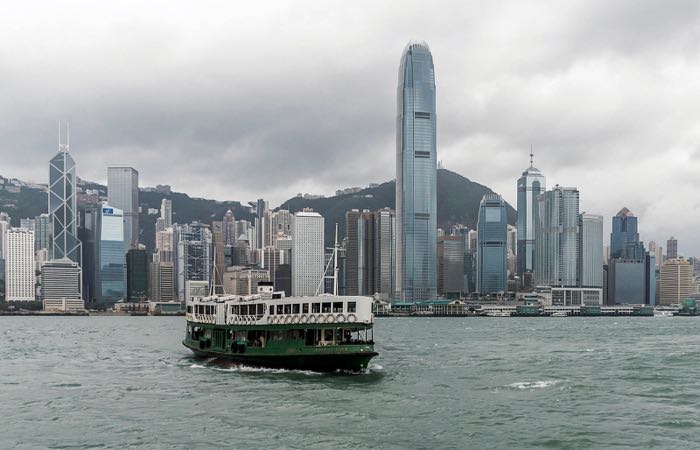
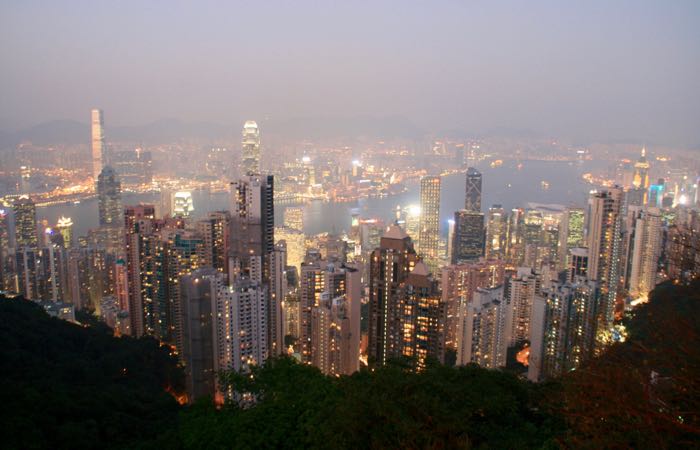
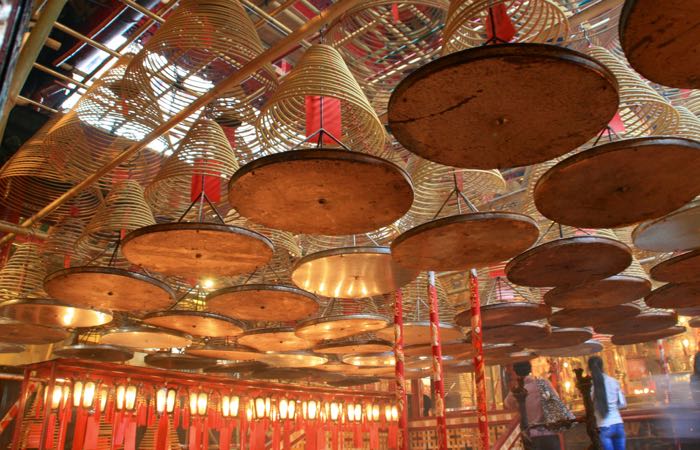
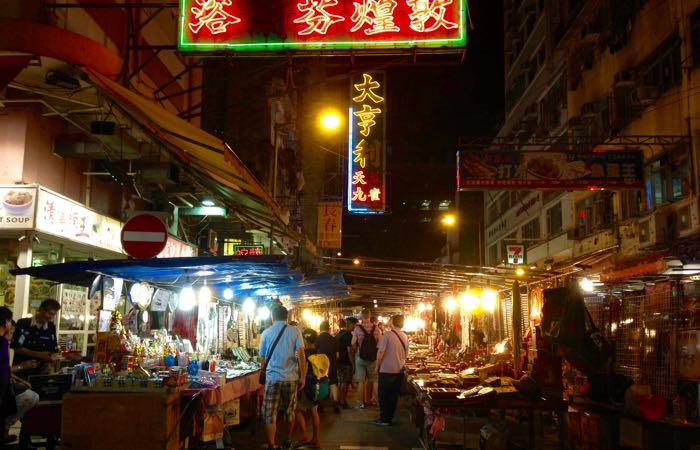
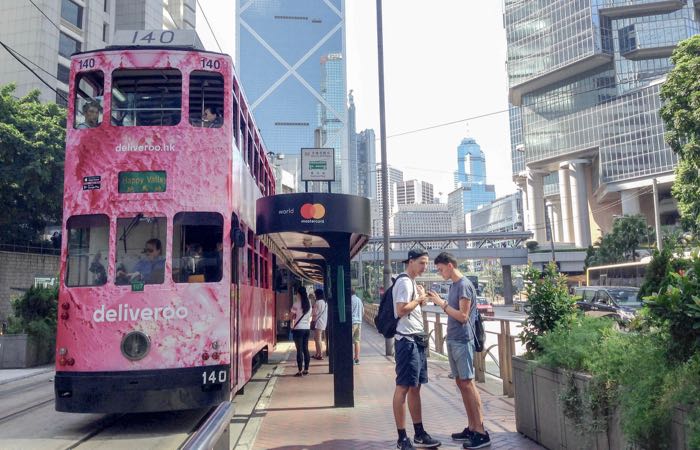
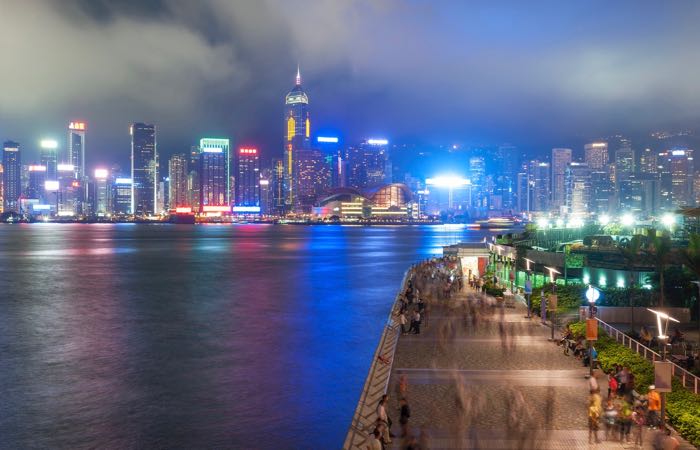
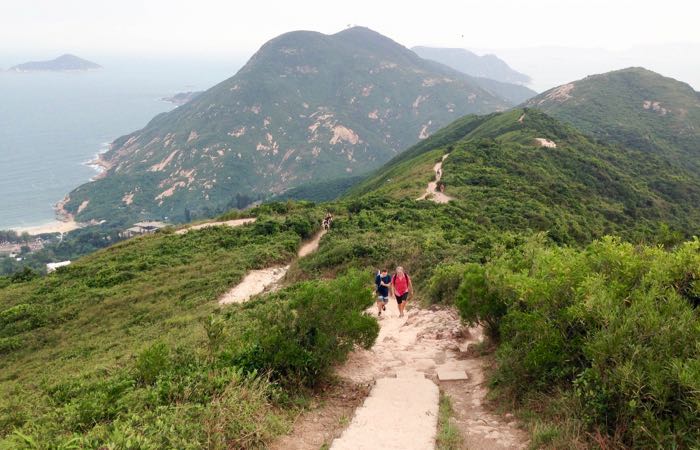
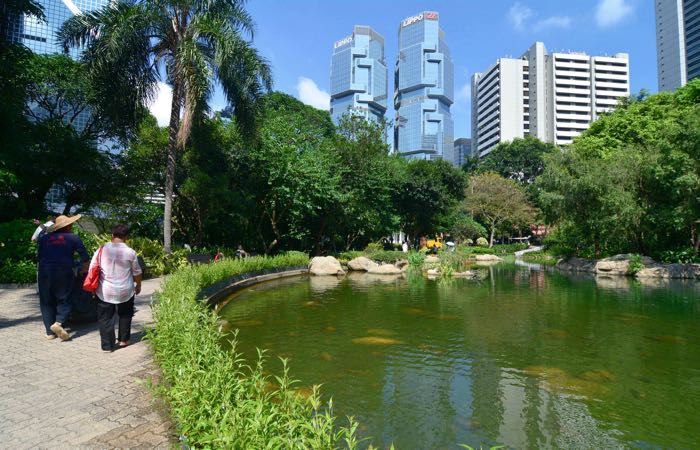
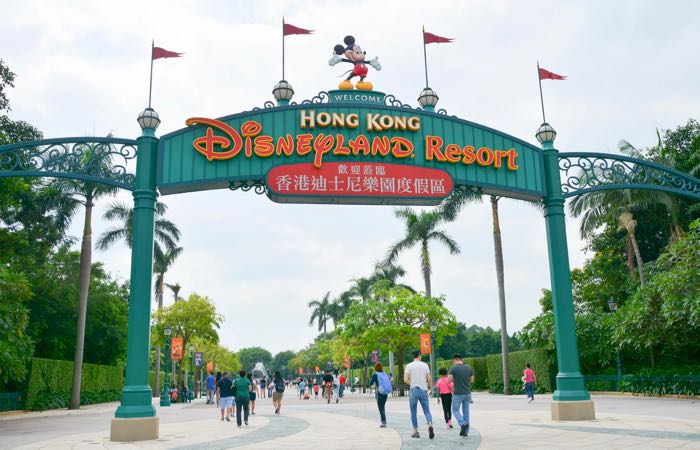
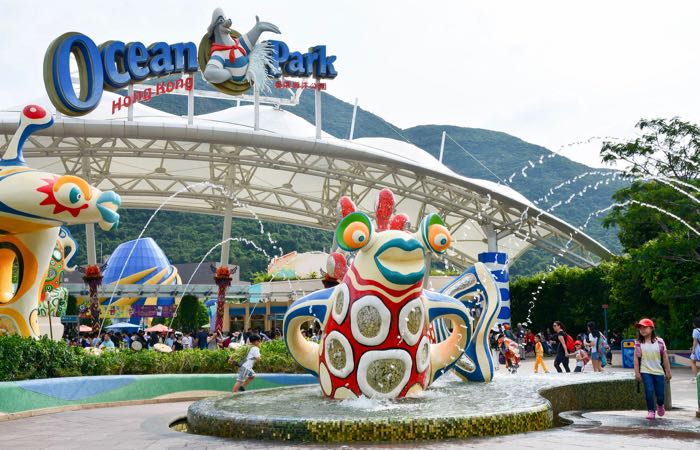
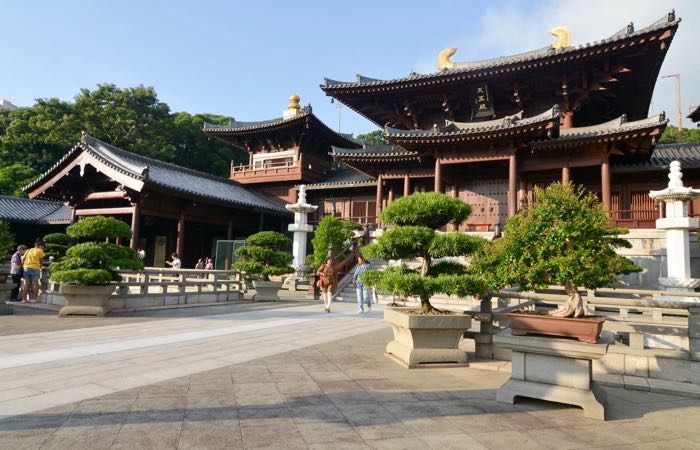
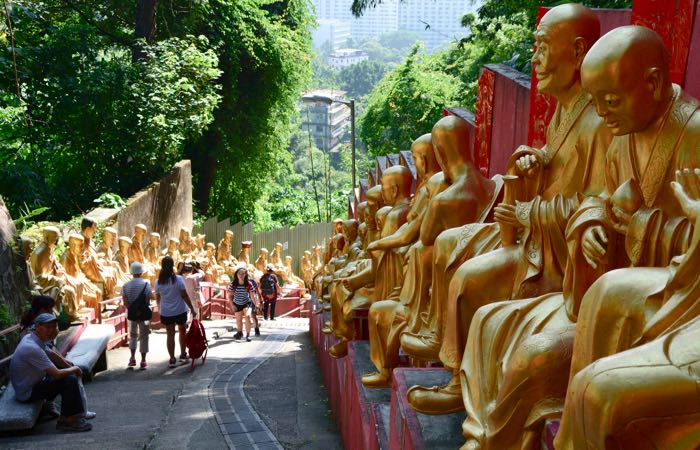
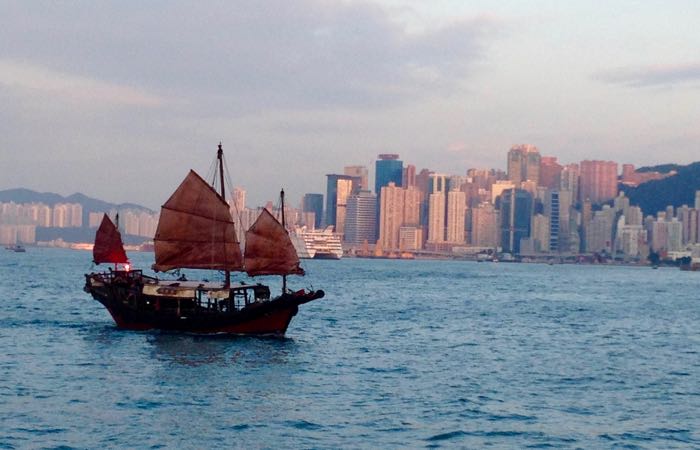
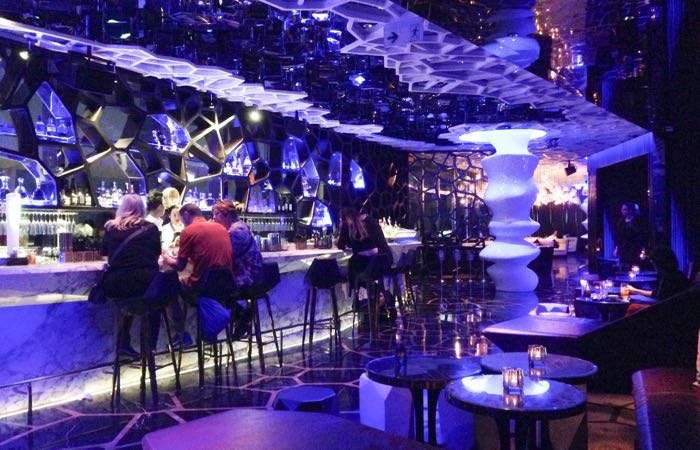
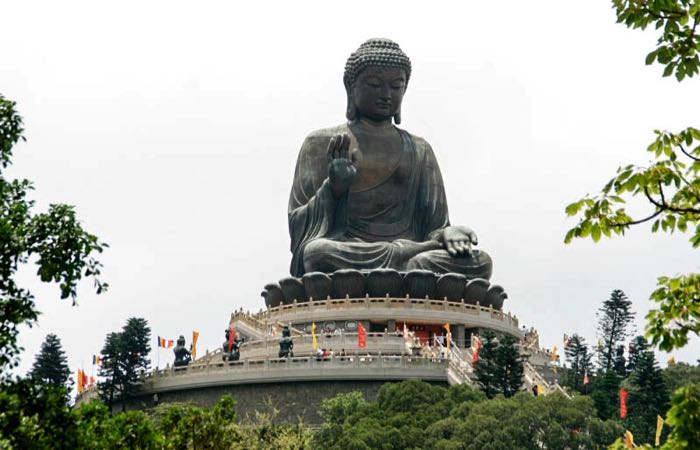
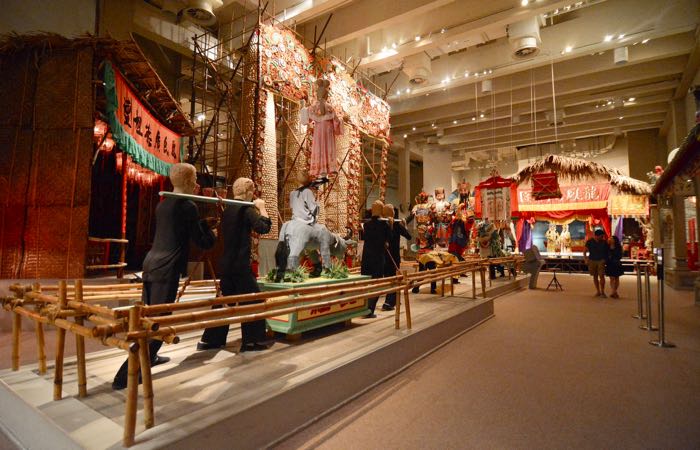
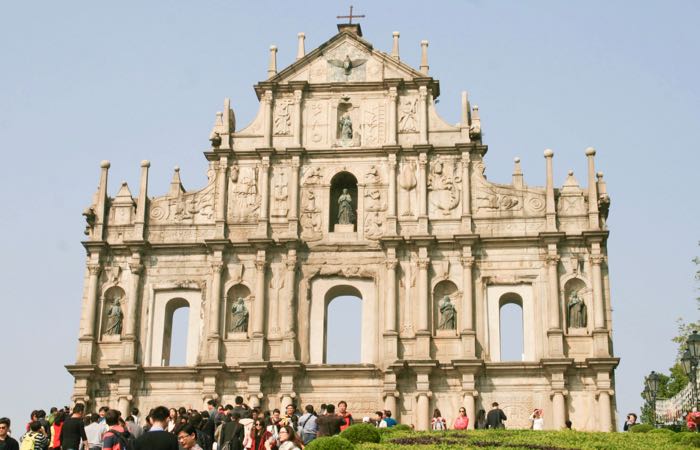
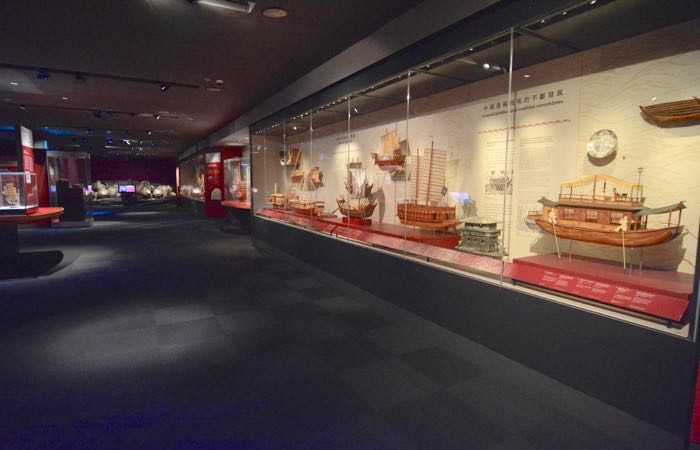
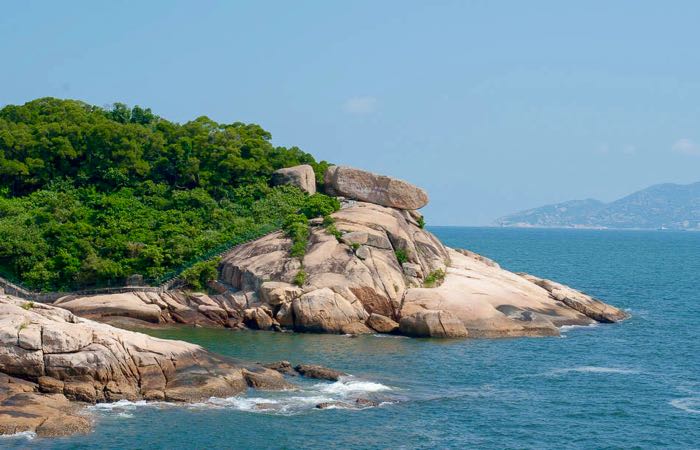
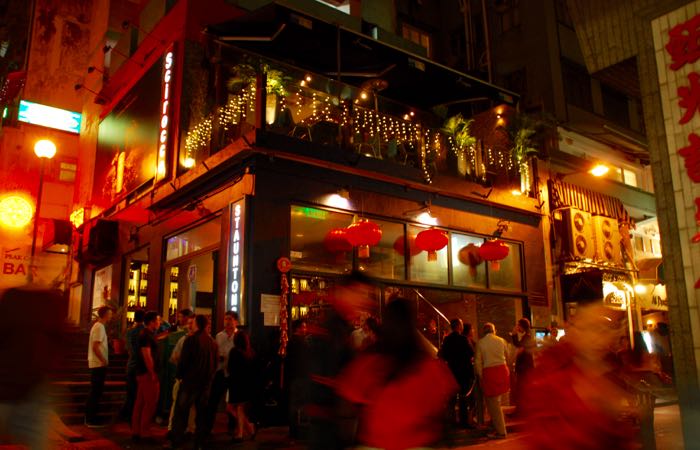
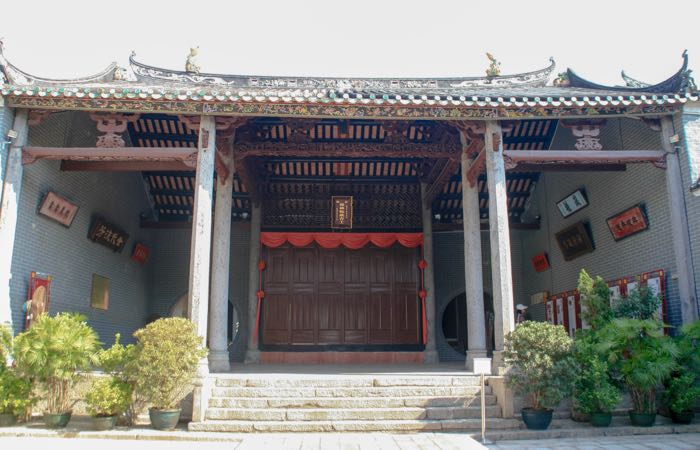
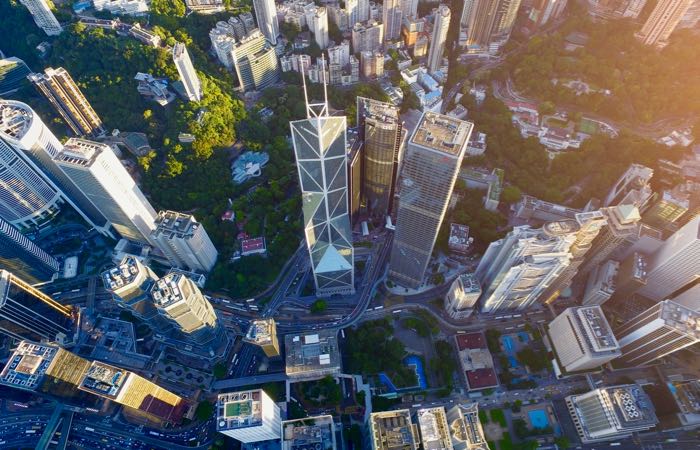
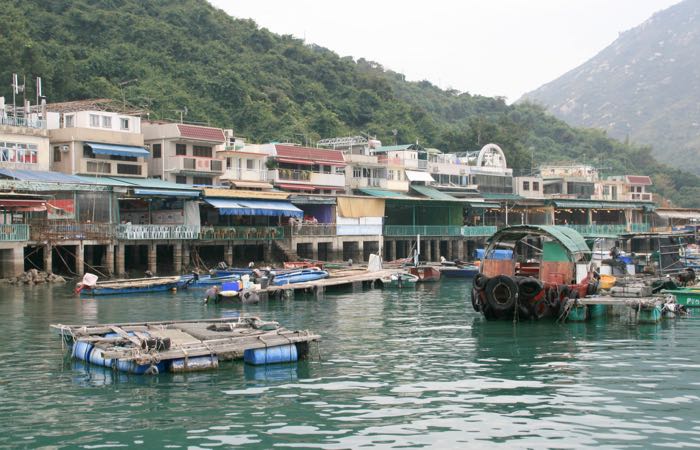
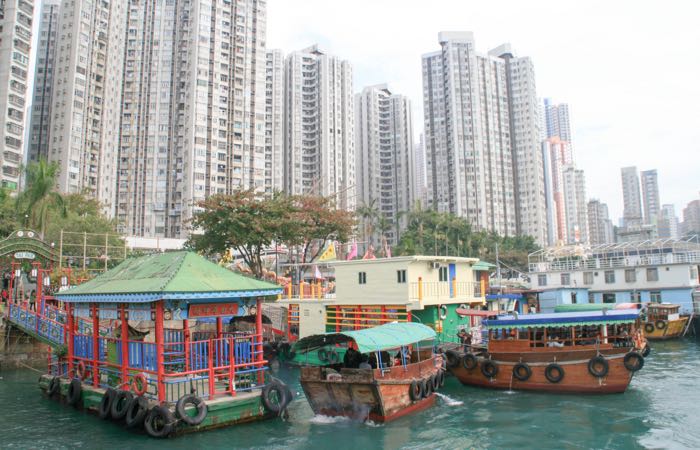
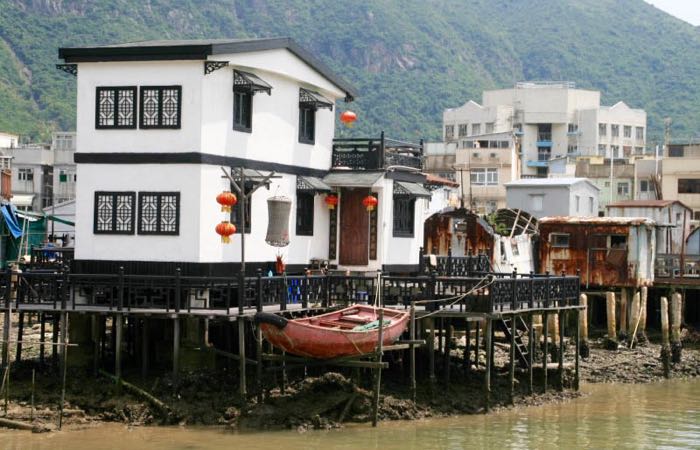
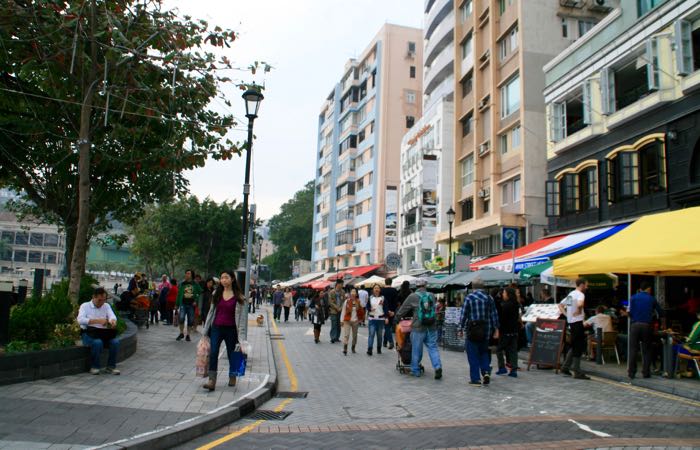
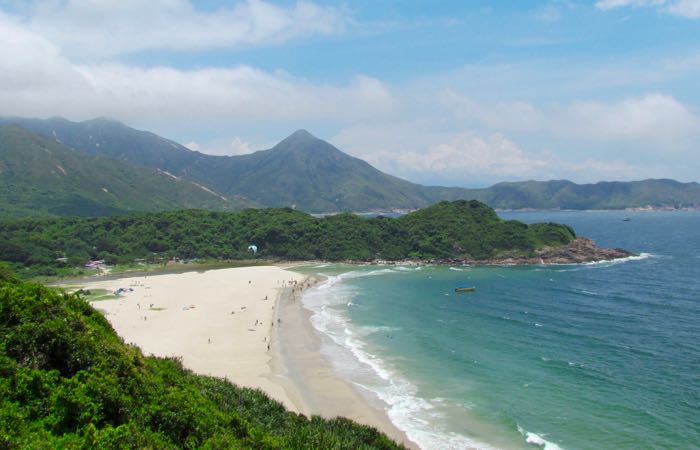
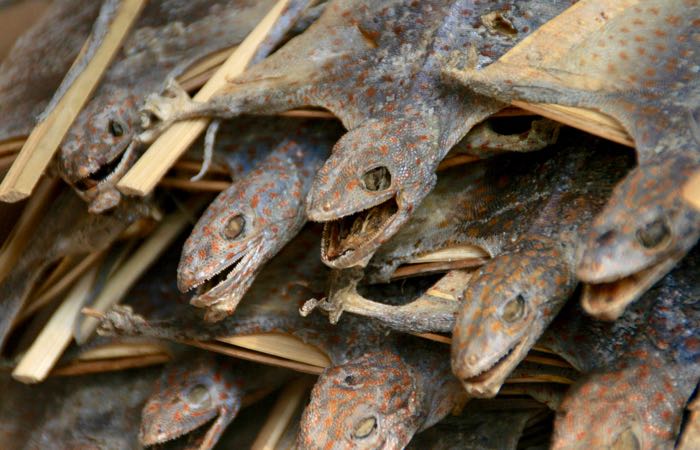
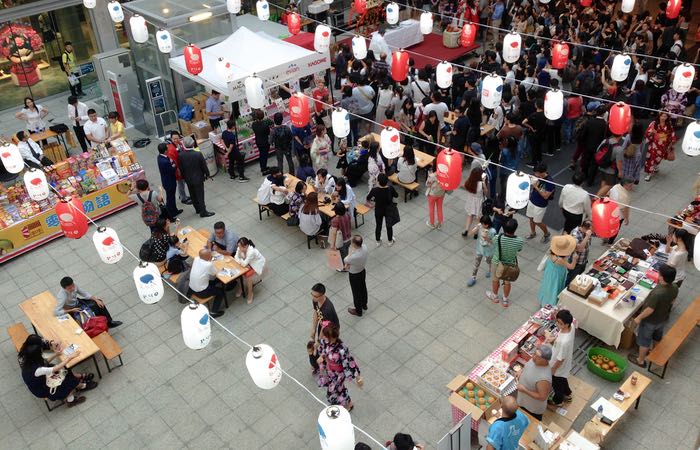
About Santorini Dave